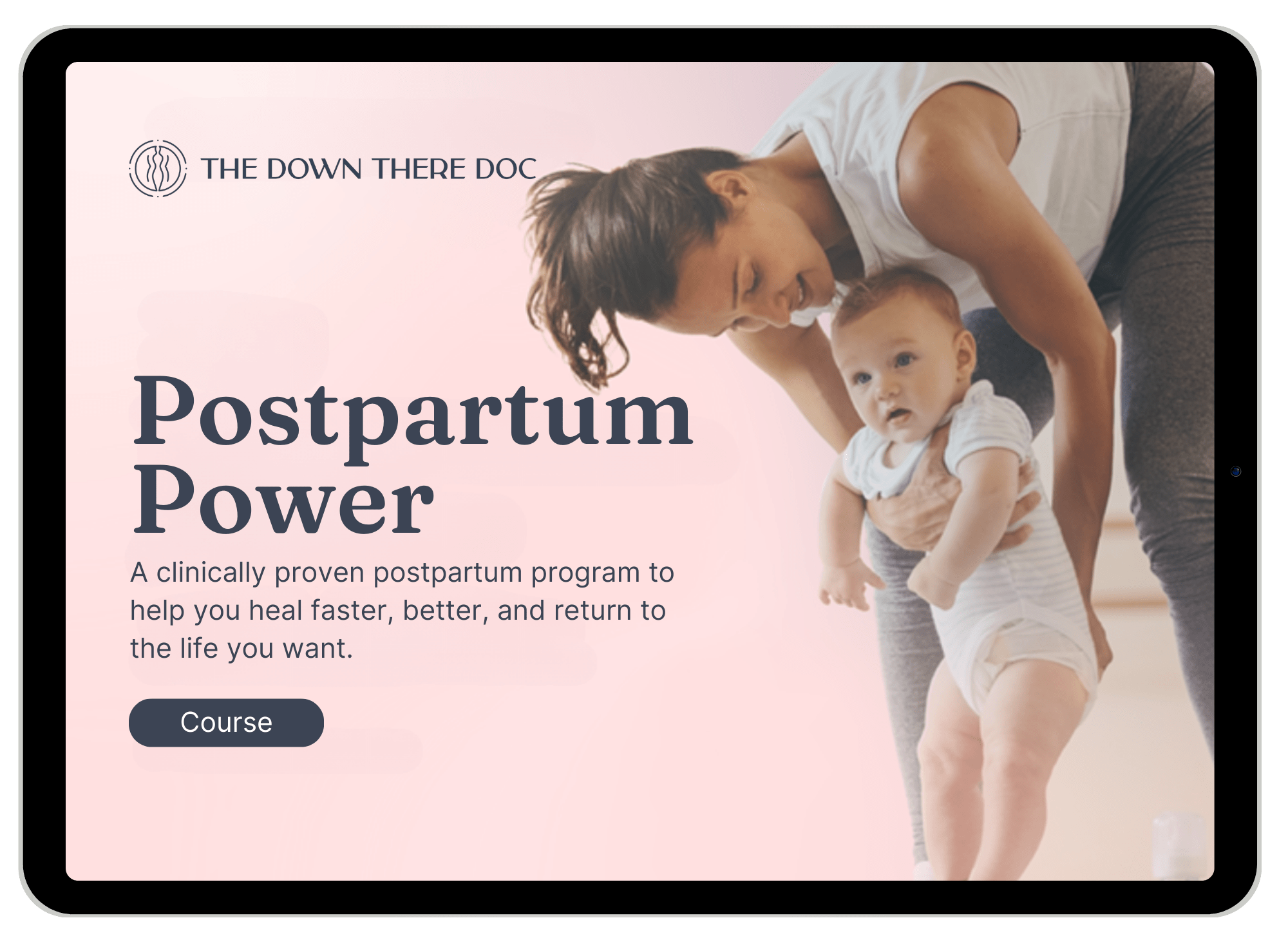If you’re pregnant, chances are you’ve heard some conflicting info. Let’s bust some myths, and cover what you REALLY need to focus on instead.
See Also

First-timer?
Counting down the days to delivery can be exciting and also nerve-wracking. If you’re planning a hospital birth, and it’s your first one, chances are you’ve heard some horror stories from “well-meaning” friends or strangers.
It’s hard to know WHAT to believe going into the hospital, and what is true or not regarding your upcoming delivery. You’ve been prepping for months for the big day, and I know how overwhelming it can be when it gets down to the wire. I’m going to give you the insider’s list of what to REALLY expect about hospital deliveries and bust some common myths in the process.
Myth #1: “You’ll feel nothing at all with an epidural.”
Let’s just say this: if the epidural is placed correctly, and is administered at a lower dose, you will be able to feel pressure NOT pain. You’ll feel the urge to push and the movement of the baby. If you find that you are completely numb and can’t move your lower half at all, don’t panic! Talk with your MD and nurses to adjust the dose. Most hospitals give a lower baseline dose and then hand you a button (called a PCA) so you can give yourself a quick dose if needed.
The dose is important because it will help you with feeling the urge to push, and moving around in bed (see myth #2), which can reduce the risk of significant perineal trauma and tearing…..which is better for you and your recovery.
Check out our free Push Prep 101 webinar to learn more about reducing your risk for perineal tears and improving your recovery.
Myth #2: “You have to give birth laying on your back.”
This is the beauty of a low-dose epidural, which is still effective for pain management. You will be able to move around in the hospital bed with medication on board. You won’t be able to leave the bed, but you can 100% try different positions for labor and pushing.
I used a squat bar in the bed with my deliveries, and both were medicated. This can allow you, as the birthing person, to choose which position feels the best for you, and where you get the most effective push.
Evidence shows that the best outcomes are due to the mother choosing what position she births in, and most hospitals are equipped to allow a variety of positions!
In our birth prep course, Elevate Your Birth, I teach you what positions are best for you, and how to determine which ones give you the best push. Check it out here!
Myth #3: “You have to allow a med student to be present or ‘practice’ on you during labor and delivery.”
I’m all for teaching and education, obviously. I have my own students, I have been a student—I get it. HOWEVER, if you are uncomfortable with a med student practicing anything on you (even if it’s just blood pressure or cervix checks, etc.), you DO NOT have to allow it. Any good student/doctor/resident will completely understand and not make you feel guilty about it.
I was very clear with my OBGYN and Midwife that no student would be practicing sutures on my vagina. Consent is very important, and so is being clear about what you do and do not consent to.
It’s important that you feel safe and cared for, and that your wishes are respected.
Knowledge = Power
Instead of worrying about what could go wrong, it’s more productive to focus on preparing for realistic labor and delivery. Some suggestions include:
1) Don’t listen to horror stories.
If someone starts a sentence with “OMG I had the most awful….” or something similar, politely stop them and request that they share only positive stories. Hearing negative and traumatic stories can bias your brain and experience and, although it’s important to understand what’s going on, we can be informed in a respectful, non-scary way. Check out my free Push Prep Webinar to learn what to really expect for pushing, and how to prepare in a way that is focused on YOU.
2) Look into birth classes that focus on pelvic floor-specific training
These classes will teach you how to actually train your body for delivery and what to expect. Hospital birth classes are helpful, but the focus is mainly on the baby, not on you.
One of the Mamas who went through my birth prep course put it so nicely:
“I don’t need to see the hospital room, I need to know how to care for my stitches.”
3) Gather a list of questions for your doc AHEAD of time
It’s important to ask questions and gather information before you’re in the heat of the moment. So ask those questions and get the answers BEFORE you go into labor. You will feel more prepared and more informed before the big day comes, knowing what to expect and how decisions are made. I created a list of common (but very important) questions to ask your doctor before labor, and at your 6-week check-up. Get them out HERE, as part of our Down There Done Right bundle.
The internet can be a black hole of myths, horror stories, unsolicited opinions, and frankly bad advice for mamas-to-be. Motherhood is hard enough, we don’t need the extra anxiety of being freaked out by stuff that isn’t true, from untrustworthy sources.
Add us to your contacts so you don’t miss any updates, blogs, events, and specials. We want to take care of YOU, and help you feel confident and secure for your delivery and or postpartum. We got you, Mama!









